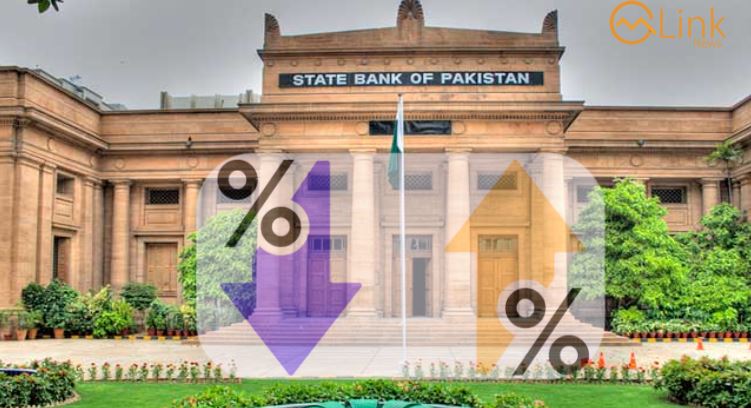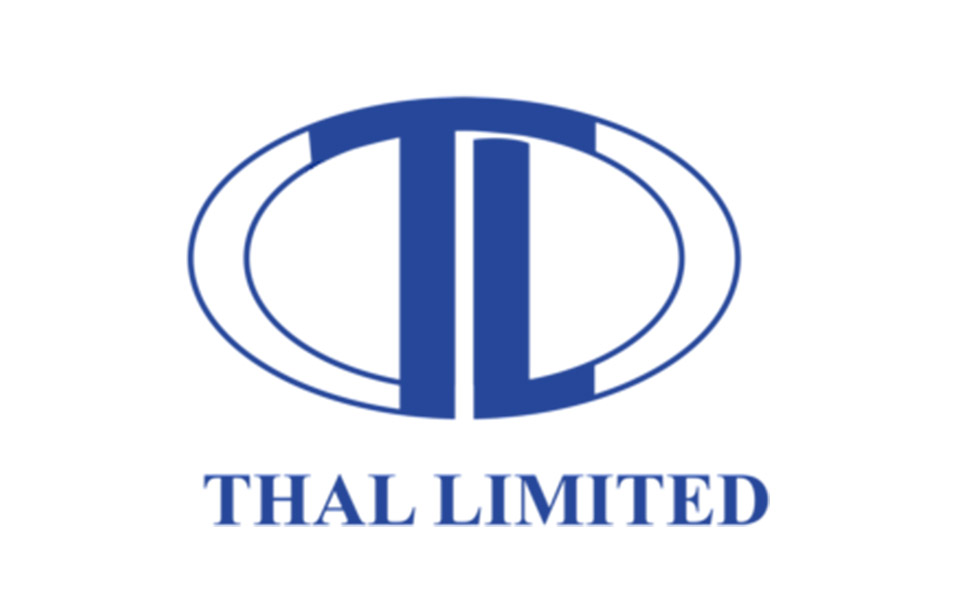August 2, 2021 (MLN): Pakistan Bureau of Statistics (PBS) has announced monthly Consumer Price Index (CPI) numbers for the first month of FY22 today as per which the headline inflation dropped to 8.4%YoY, compared to 9.4% in June’21, and 9.3% in July’20.
The dip in inflation is primarily owing to the limited hike in food prices during the month along with high base effect.
To note, this is the third consecutive month wherein the inflation numbers posted a decline, as lowest since January 2021. This reflects the government’s substantial efforts to control the prices to keep the CPI number close to single digit.
On a sequential basis, the headline inflation reported an increase of 1.3% MoM in July’21, against the decline of 0.24% reported in the previous month, and a surge of 2.5% in July’20.
Subsequently, the upsurge in July’s inflation was more distinct in urban areas of Pakistan on yearly basis where the headline inflation increased by 8.7% YoY compared to rural inflation which has augmented by 8% YoY. However, rural areas were more affected from the rising inflation in July’21 on monthly basis as the rural CPI was clocked it at 1.4% MoM whereas during the same month, urban CPI witnessed an uptick of 1.29% MoM.
On yearly basis, the increase in CPI numbers was mainly attributable to the surge in transport, food, clothing & footwear, housing, restaurants, household & equipment, and food by 10.5%YoY, and 9.5%YoY, 9.1%YoY, 8.5%YoY, 9.8%YoY, and 8.2%YoY, respectively.
It is pertinent to mention that domestic petroleum prices have inched up by 14%YoY and 4%MoM amid rising international crude oil prices which has pushed the transportation and housing index to edged higher during July’21.
The monthly statement by PBS underlined that the surge in CPI by1.29% MoM was primarily owing to the rise in transportation (3% MoM), Food (2% MoM), and Housing & Electricity (1% MoM) in July’21 as compared to the previous month.
With regards to perishable food items, the index climbed up by 9.5% MoM on the back of increased prices of tomatoes, onions, potatoes and vegetables. However, it is pertinent to mention that the surging prices of the above-mentioned commodities has offset by lower prices for Chicken, Fresh Fruits & Pulses. Furthermore, the non- perishable food index also moved up by 0.7% MoM in July’21.
Going in to the details, the urban centers observed the hike in the prices of tomatoes, onions, vegetable ghee, cooking oil, sugar, Potatoes, Pulse gram, vegetables, and eggs on monthly basis by 82.40%, 34.53%, 6.70%, 6.56%, 5.08%, 4.89%, 3.69%, and 3.48%, respectively.
Meanwhile, the main food commodities, which helped to subdue the inflation in urban areas by registering a decline, include pulse moong (11.36%), chicken (10.07%), fruits (7.51%), pulse mash (5.18%), pulse masoor (1.24%) and gram whole (0.92%) compared to the previous month.
The monthly statement by PBS further noted that during the month, citizens of villages and small towns observed a rise in tomatoes, onions, potatoes, vegetables, sugar, vegetable ghee, cooking oil, mustard oil, milk and rice by 101.63%, 47.62%, 12.66%, 5.16%, 4.33%, 3.16%, 2.27%, 1.30%, 1.19%, and 1.05%. While the other commodities which supported to provide a cushion to surging inflation in rural areas consists of chicken (12.95%), pulse moong (10.06%), fruits (8.40%), pulse mash (2.41%), pulse gram (1.83%), and fish (1.79%).
With respect to the core inflation which is measured by prices of non-food, non-energy (NFNE) items, both in urban and rural centers marked an uptick of 6.9% YoY as compared to 6.7% and 7.3% in June, respectively. Meanwhile, on the monthly basis, Urban and Rural NFNE increased by 0.8% and 0.7%, respectively.
Moving forward, CPI numbers may witness some pressure on account of any adjustments in electricity and gas price, increment in prices of petroleum products on the back of any uptick in international oil prices, rupee depreciation and surge in prices of non-perishable items.
Having said this, taking cue from the recent MPC meeting, it is anticipated that SBP would continue to support the growth momentum in the economy. There are considerable reasons for SBP to delay monetary tightening; supporting the overall aggregate demand in the economy being an integral one, especially in the backdrop of the ongoing COVID-19 fourth wave, Sana Tawfiq, Analyst at Arif Habib Limited noted.
Importantly, whenever the SBP decides to tighten the monetary policy, it will start with a 25-50bps increase, to maintain the balance between growth and inflation.
Albeit, the SBP highlighted pressure on the external account and demand-side factors as forces that could pre-empt a “normalization” in interest rates, she added.
Copyright Mettis Link News
42536







